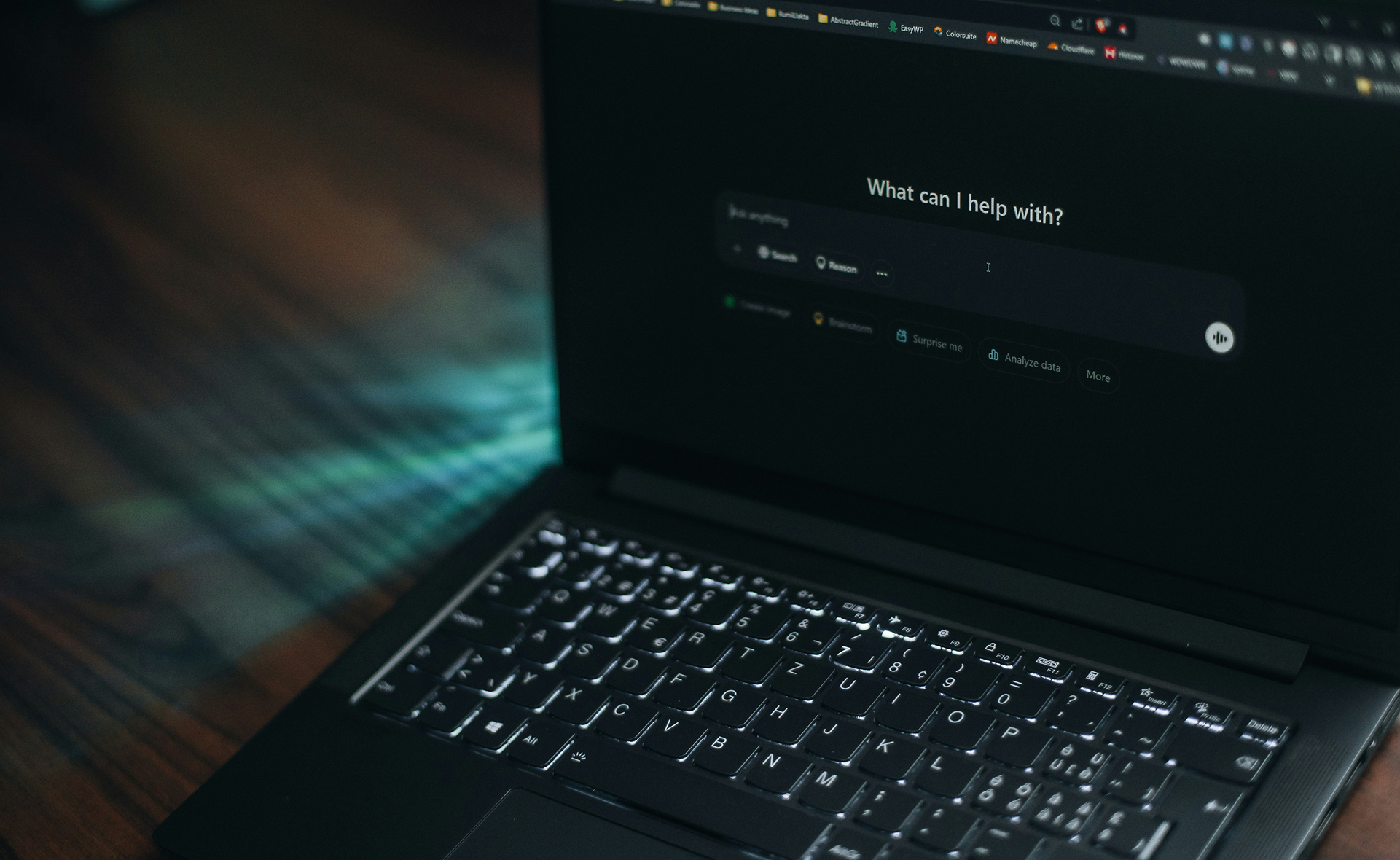Why Africa and the Middle East are becoming retail growth drivers
The past few years haven’t been as kind to the British retail industry. High street stores are beleaguered with problems, including an increase in store closures, loss of 85,000 jobs last year, falling footfall and that’s without considering the murkiness around what a post-Brexit Britain will look like.
As a whole, Western Europe’s retail industry has been negatively impacted by the business uncertainty caused by Britain’s decision to leave the European Union.
As a result of this, many European businesses are looking to expand overseas and explore the breadth of growth opportunities in Africa and the Middle East.
Why Africa and the Middle East are growing so rapidly
Africa and the Middle East’s retail sector is being boosted by the continent’s rapid embrace of e-commerce.
The increase in both regions primarily stems from Middle Eastern and African consumers embracing smartphones. By the end of 2018, according to the GSMA, there were 456 million unique mobile subscribers in Sub-Saharan Africa, with an additional 167 million subscribers expected by 2025. In the Middle East, there are 375 million unique mobile subscribers, a number that looks to continue to grow exponentially.
Similarly, Saudi Arabia and the United Arab Emirates are among the top 25 countries in the world for internet reach, despite the overall low penetration rates in the Middle East.
The reasons for why African and Middle Eastern consumers have taken so warmly to mobile, likely stem from the lower barriers to entry and advances in network coverage. Mobile has superseded other forms of technology and, for many Middle Easterners and Africans, it is the primary method of purchasing products online.
As such, the values of the e-commerce market in those regions is booming. According to the EIU, the e-commerce market in Africa is estimated to grow to be worth around USD 75 billion within the next decade.
Also, as we have pointed out before, the e-commerce market value in the Middle East will reach USD 28.5 billion by 2022.
This is having a positive effect on the overall retail markets too. Overall retail sales across the African content amounted to over USD 500 billion in 2018.
How brands can tap into African and Middle Eastern markets
Firstly, brands looking to grow in Africa and the Middle East need to remember the two golden rules: Africa is not a country; and secondly, you need a nuanced marketing strategy to appeal Middle Eastern consumers.
Adopting a local mindset is crucial to success in the African market. With 54 sovereign states, over one thousand languages, a billion people, Africa is the most diverse continent on earth, which means that localisation matters. What works in Abuja, Nigeria, might not necessarily translate well to Asmara, Eritrea due to profound cultural differences.
For an example of a business that got it right, we can look at Chinese mobile phone manufacturer Techno Mobile. Techno Mobile, which focuses its business primarily in Africa, released its first ‘made in Ethiopia’ smartphone and localised its operating software in Ethiopia’s three major local languages: Amharic, Oromiffaa and Tigrinya to appeal to Ethiopian consumers of varying ethnic and cultural backgrounds.
Similarly, in the Middle East, brands must work to understand the cultural contexts before launching their marketing campaign. In general, the Middle East is more conservative than the West, with strong religious prescriptions on alcohol consumption and dress.
This means that marketing campaigns must adopt a clear localisation strategy which takes into consideration the cultural differences and avoid the potentially big cultural faux pas or loss of impact when translating content.
For example, when marketing fashion in the Middle East, brands should look to embrace modest fashion, fashion that is stylish and fashionable, but also in line with their religious and cultural beliefs.
Additionally, the millennial generation makes up a significant proportion of the population demographics in the Middle East and Africa. Millennials account for a quarter of the population of the Middle East and a third of Africa’s population. It’s standard practice for brands in the West to use influencers to promote products, but this is an area Western brands have largely ignored when dealing with Africa and the Middle East.
Not only should brands focus on trying to attract these digitally savvy demographics, they should also think about leveraging social media channels and the rise of homegrown social media stars in the regions to boost sales and add a local touch to their campaigns.
African and Middle Eastern consumers want Western brands
African and Middle Eastern consumers generally respond very positively to Western expansion into their retail markets. As such, more and more Western companies are taking note of the potential of the untapped regions.
H&M, Starbucks and Walmart are among the many Western businesses opening offices and high-street stores across Africa and the Middle East and many more are eyeing the continent as a lucrative place to do business.
Even with regards to e-commerce, Since 2017 Amazon has started expanding its business in the Middle East, with its acquisition of Souq.com, an e-commerce platform in the Gulf, for $580 million.
To succeed in Africa and the Middle East and make the most of opportunities there, you need to understand your target markets and be properly equipped to communicate with your audience in a fully relevant, powerful way.
To find out more
Find out how Locaria can help you achieve these goals by calling us on +44 (0)20 3948 6800, or request a quote online today.



